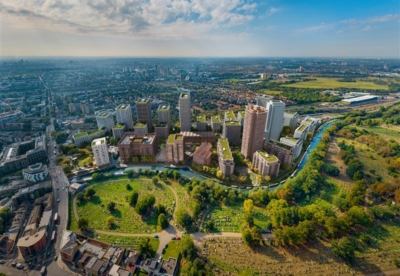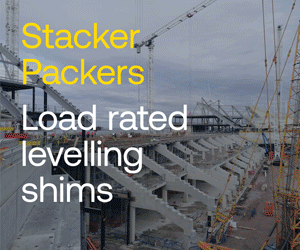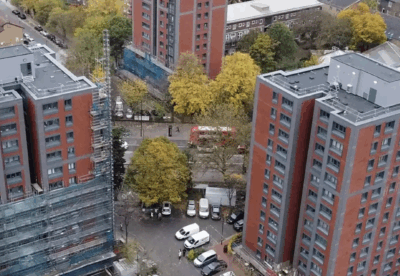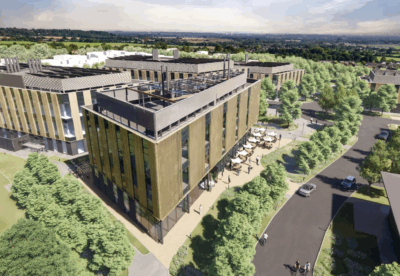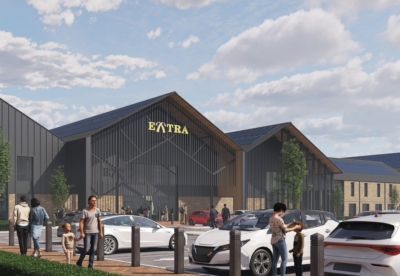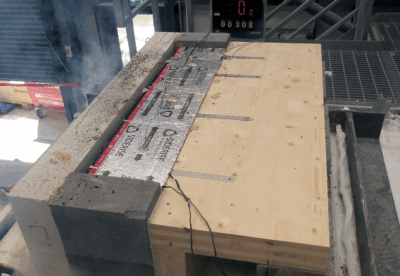Latest government figures show the construction workforce fell 1.3% in the third quarter to 2.05 million, marking a 15% collapse in capacity since a peak just before Covid. This amounts to an exodus of 367,000 jobs.
Economists are warning that a combination of the housing downturn, weak commercial work and higher employer costs have hit recruitment hard.
Directly employed staff are now falling faster than the self-employed — reversing the trend seen during the pandemic when thousands of freelancers exited the industry.
Noble Francis, economics director at the Construction Products Association, said the slowdown in house building since April and the rise in employers’ National Insurance Contributions had hit confidence and hiring.
He warned: “The longer employment remains at these historically low levels, the greater the permanent loss of skills and experience. Even getting back to 2019’s house building levels will be incredibly difficult, never mind meeting the government’s targets.”
Dr David Crosthwaite, chief economist at BCIS, said self-employment was almost 18% down on 2019 levels, reflecting retirements, Brexit and pandemic effects.
He said: “That loss of flexibility makes it harder for the sector to respond to changes in demand,” he said. “With confidence low and projects stalling, workforce contraction is as much a symptom of fragility as a cause.”
The figures could also be influenced by other external factors including the accuracy of the present Labour Force Survey modelling and the industry shift towards greater use of modular and offsite working.
Crosthwaite added: “The ONS has also advised that the latest employment data should be treated with caution due to ongoing issues with the Labour Force Survey, which has faced difficulties maintaining a representative sample since the pandemic.
“Even so, the trend is clear – construction capacity continues to shrink.”












